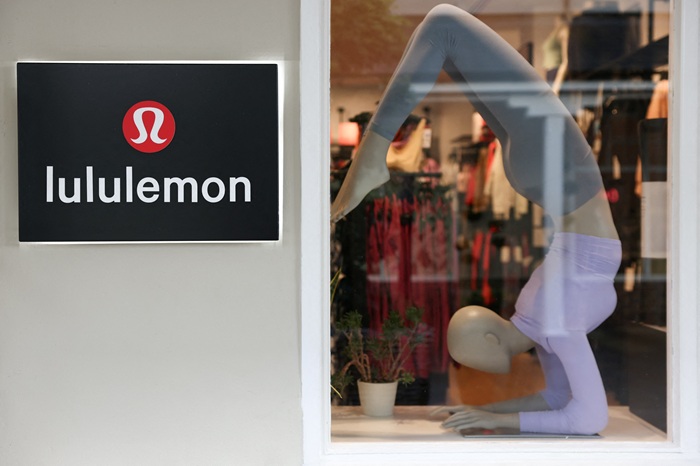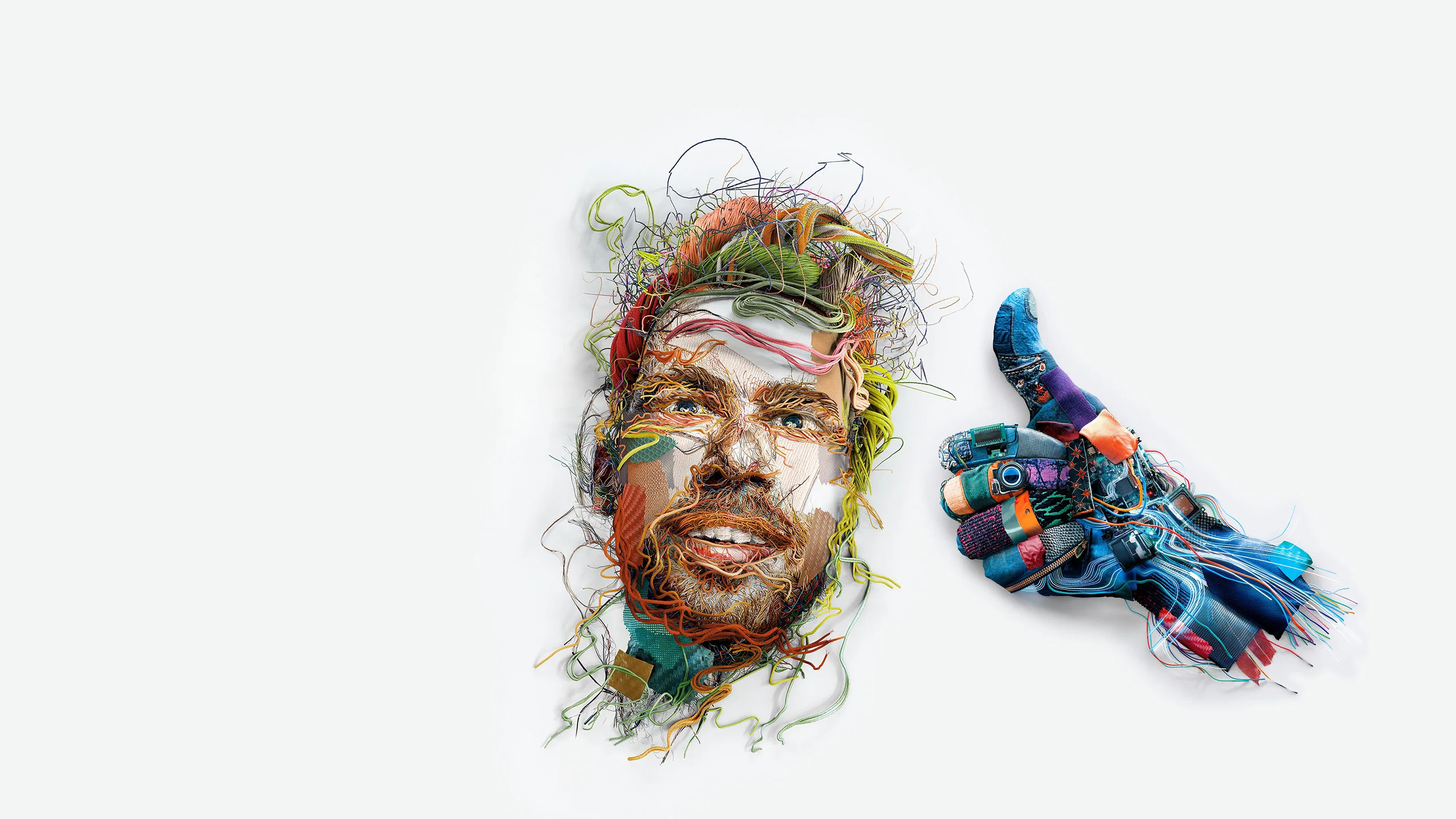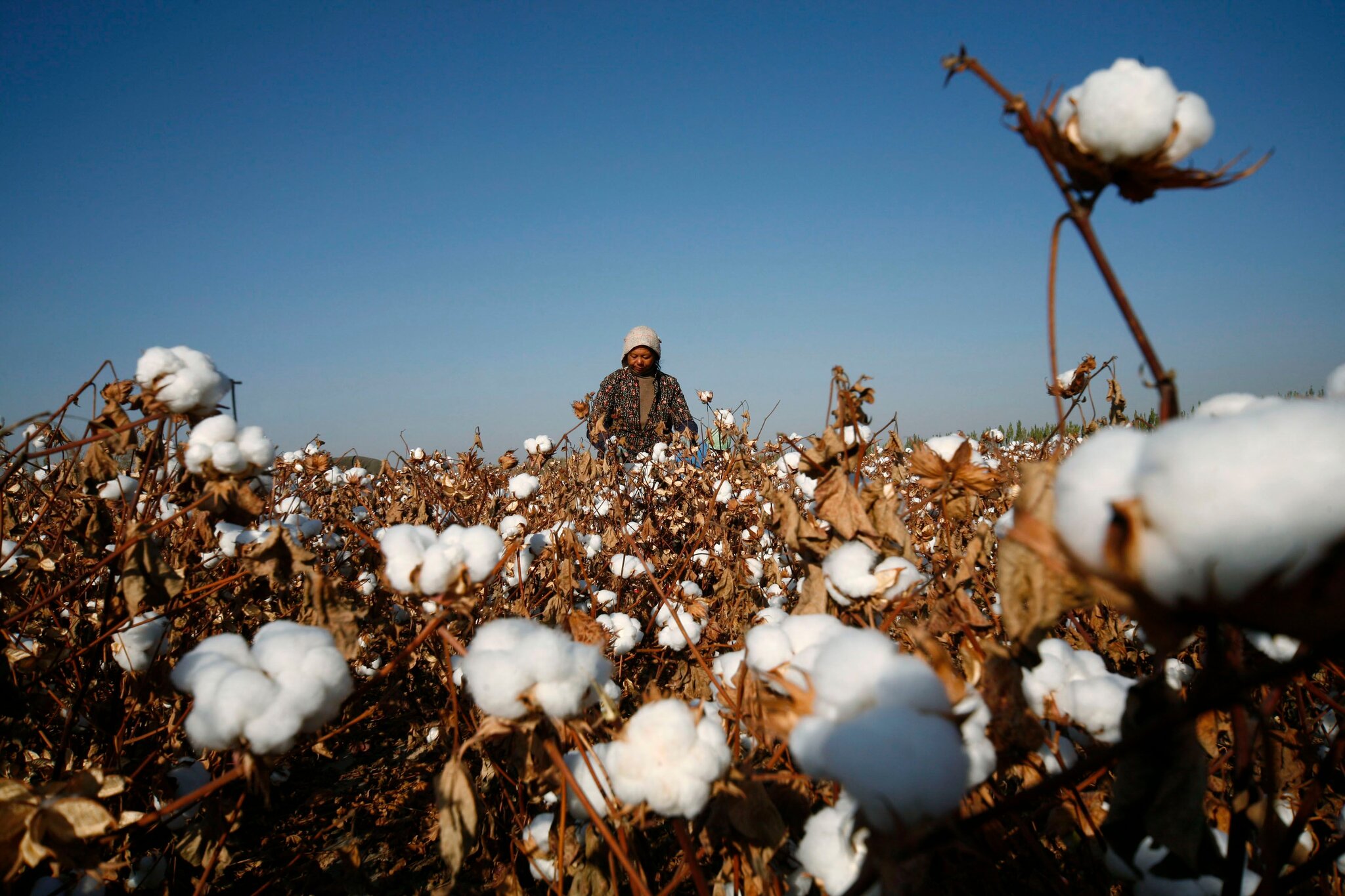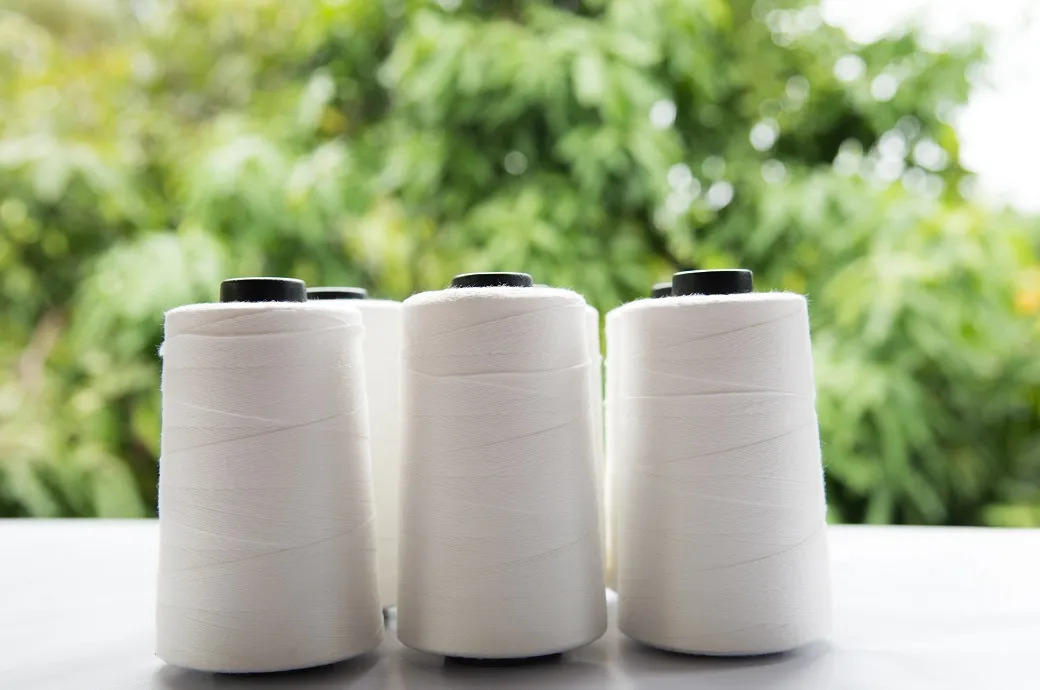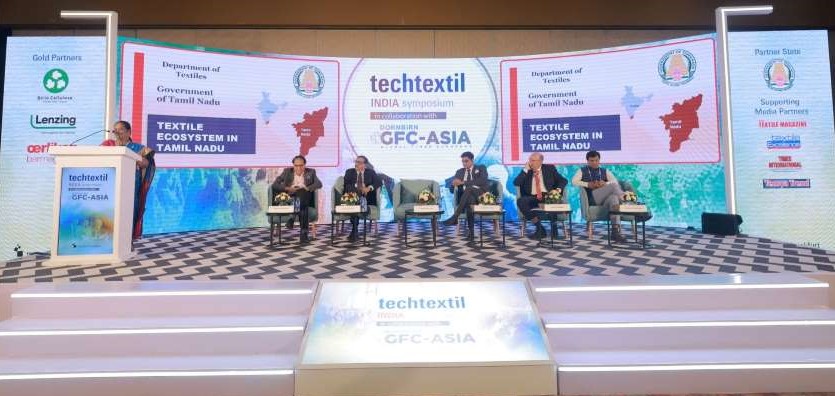FW
Lenzing has devised a business strategy for coming years. Its main priorities are strengthening the company’s core business, intensifying cooperation with customers along the value chain, increasing the share of specialty fibers to 50 per cent of total revenue by 2020, expanding its quality and technological leadership for man-made cellulose fibers and opening up new attractive business areas.
The objective is to safeguard and expand Lenzing’s leadership role in the dynamic growth market for man-made cellulose fibers. The new strategy reflects the objective of generating sustainable growth with specialty fibers such as Lenzing Modal or Tencel. The target is to increase Lenzing’s pulp position through backward integration by increasing the group’s own pulp production volumes and expanding strategic co-operations.
Lenzing aims at generating 50 per cent of total revenue from the business with eco-friendly specialty fibers such as Tencel, Lenzing Modal and viscose fiber specialties by the year 2020. Lenzing will further increase production capacities for Tencel depending on market requirements.
The reorganisation of the technical service units will be concluded in 2016. Compared to the previous year, Lenzing wants to continually increase EBITDA by 10 per cent annually and aims to increase the return on capital employed to more than 10 per cent by 2020. At the same time, the objective is to keep net financial debt at a level which is less than 2.5 times EBITDA.
www.lenzing.com/
The Sri Lanka Export Development Board (EDB) recently facilitated a meeting between a team of multinational buyers and Sri Lankan apparel giants on November 27, 2015 at Mt Lavinia Hotel. The meeting succeeded in bridging the gap between Sri Lankan players and nine top global retailers.
Apparel segment contributes the highest export share to Sri Lanka's economy and in 2014 it earned $ 4.9 billion –just short of the $5 billion target, increasing by 9.2 per cent from 2013. This meeting is expected to bring the country closer to an ambitious new export target of $10 billion set by the apparel industry, which it aims to achieve by 2025.
The visiting international buyer team, flown in by EDB included representatives from Brazil’s Casas Pernambucanas, Grupo Guararapes, Cia Herring, Australia’s Pilot Athletic, Cotton on Group, Bein Sports, and Auluaulu International, Denmark’s Day Birger Mikkelsen, and India’s Raymond Apparel. Apart from visiting the EDB facilitated factory visits of Lankan manufacturers, the buyers also took part in Sri Lanka Design Festival event in Colombo on November 26, 2015.
The EDB’s work to facilitate the buyer delegation started in 2012. As a result, a year ago, the first Lankan apparel industry delegation visited Spain’s Inditex. www.srilankabusiness.com
To cater to the rising domestic demand Saudi Arabia has decided to increase imports of readymade garments, medicine and some other quality products from Bangladesh. Saudi Arabia’s finance minister Ibrahim bin Abdulaziz Al-Assaf has said to have conveyed the decision to Bangladesh’s finance minister AMA Muhith at a meeting, held in Riyadh.
During the meeting, the two ministers agreed to explore investment and trade opportunities by sharing experiences, funding and arranging training. Discussions also revolved around letting a Bangladeshi commercial bank open a branch in Saudi Arabia, which could help promote business transactions between the two countries. While apprising the Saudi Arabian side about the recent initiatives and measures for social and economic development in Bangladesh, Muhith sought more funding support from the Saudi government in various projects including a project for building a fertiliser factory. He also urged his Saudi counterpart to recruit quality manpower from Bangladesh.
The Bangladeshi minister also appreciated the active participation of Saudi delegation in the 11th session of the joint commission between the two countries held in Dhaka recently, where important decisions were taken to intensify bilateral cooperation, particularly in the areas of trade and investment.
ERCA, a group of chemical companies headquartered in northern Italy near Bergamo unveiled some of its innovative and sustainable technology solutions for the textile industry at the recently concluded ITMA 2015.
The company that operates seven plants in Italy, Poland, Turkey, Brazil, China, India and will soon be extending its services with facilities in Malaysia. The solutions engineered by ERCA aim to encompass the environmental and ethical requirements that textile dyers and finishers have to meet in accordance with the commissioner’s standards. Some of the innovations on display at ITMA included ReactEVO - a simple and efficient process based on a new post-treatment concept in dyeing with reactive dyestuffs that leads to a drastic reduction in energy consumption and water volumes, significantly cutting the total treatment time. The product is also said to produce significant sustainability benefits. ReactEVO allows energy savings of up to 70 per cent, water savings to 50 per cent and processing time up to 20 per cent, according to the company. All ReactEVO auxiliaries (DYE, WBS, PHR and TWE) are also confirmed compliant with Oeko-Tex Standard 100 requirements and are bluesign and GOTS approved.
ERCA, in collaboration with multinational Japanese manufacturer, Asahi Kasei, has also developed a new dyeing process called OneTone. The process is the result of a study undertaken to dye Asahi Kasei’s ROICA Colour Perfect, an innovative and fully dyeable premium stretch yarn that is said to offer great tone on tone colour depth and an imperceptible matt aspect that can be used to match dye with all major fibres such as cellulose, nylon, wool and silk.
www.itma.com
According to the estimates by the Vietnam Textile and Apparel Association (Vitas), the garment and textile sector in the country is expected to grow its exports by an average of 11.5 per cent per year between now and 2020.
Vitas report said the sector is expected to generate export revenue of $27.5 billion this year, and increase this value to $31 billion next year and $45 billion to $50 billion by 2020. In the first nine months of this year alone, Vietnam's garment and textile exports totalled $20 billion, an increase of 10 per cent over the same period last year.
Vu Duc Giang, who elected Chairman of the Vitas at a congress last week, said that global integration will facilitate Vietnamese garment and textile products over the next five years. Tariffs for these products will reduce from 18 per cent to zero per cent following the Trans-Pacific Partnership (TPP), and from an average 11 per cent to zero per cent following the Viet Nam-European Union Free Trade Agreement.
The garment and textile exports to this market may hit $20 billion by 2025. Vietnam has been among the top 10 garment and textile exporters in the world for the last 10 years. Last year, it ranked fifth after China, Turkey, Bangladesh and India.
The country exports its products to 180 countries and territories, with the United States, the European Union, Japan and South Korea being major markets. It is also exploiting emerging markets such as Russia and Australia.
www.vietnamtextile.org.vn
Zinser has been supplying ring spinning machines to Indonesian company Indorama Synthetics, having \spinning mills in Indonesia, Uzbekistan, Sri Lanka and Turkey, since 1980. The company has now commissioned its 100,000th Zinser spindle: a 2Impact FX compact spindle to the company.
This milestone was marked at a small ceremony at ITMA 2015 in Milan, where Martin Folini, CEO of Saurer and Saurer Schlafhorst, and Henri Wiggers, regional sales and service director of Schlafhorst Zinser, presented the ‘Golden Zinser Spindle’ to the Director of the spun yarns division of Indorama, Anupam Agrawal and Virender Kumar Bhalla, Manufacturing Head of Indorama.
This year Zinser delivered over 40,000 2Impact FX compact spindles to Indorama. Following the installation of all machines, Indorama now has around 140,000 Zinser spindles. The compact spinning machines process 100 per cent combed cotton to produce particularly high-quality compact yarn in counts ranging from Ne 20 to Ne 40. They are integrated into a fully automated linked system extending from the Zinser roving frame to the Autoconer package winder from Schlafhorst. For many years Indorama has been producing yarns of 100 per cent polyester on Zinser 351 ring spinning machines.
www.zinser.de
www.indorama.com
The All Pakistan Textile Mills Association (APTMA) acting Chairman Shahid Mazhar has said that the constant rise in import of man-made fibres (MMF) yarns including polyester, viscos and acrylic and fabrics in the domestic market are making an adverse impact on the country’s local textile industry. He said that the competitors of Pakistan textile industry such as China and India are at advantage since they are producing MMF yarns and fabrics at comparatively lower energy cost.
He said that the import of MMF yarns has surged to 72,300 tons in 2014-15 against 47,700 tons in 2012-13. Similarly, the import of fabric made from MMF yarns has also reached to 5,62,000 sq. meters in 2014-15 against 1,80,000 sq. meters in 2012-13.
Chairman of the association further added that the government has not levied 10 per cent regulatory duty on the dumped and subsidised MMF yarns and fabrics in order to protect the domestic industry. He urged the government to safeguard the domestic industry and save the jobs and exports of local MMF yarns and fabrics producing textile mills by imposing regulatory duty on the import of MMF yarns and fabrics immediately along with announcement of the textile package without further delay to save the domestic textile industry.
www.aptma.org.pk
In China, mainstream prices of 40s compact siro-spun yarn in Jiangsu were down four cents a kg in the third week of November while 30s spun viscose in Xiaoshan were steady.
Spun viscose yarn prices softened in the third week of November in China with those for regular specs like rotor-spun, ring-spun, vortex-spun and siro-spun yarn declined marginally, except for some core-spun yarn whose prices remained firm amid high profits.
In Pakistan, steady VSF prices were supporting viscose yarn prices while demand from China was reportedly lower, partly due to a seasonal decline of textile production in this part of the year. In India, viscose yarn prices rolled over on firm VSF markets while dollar term prices gained a bit. Export prices were down in line with a drop of demand as inventories were kept at minimum levels. 30s viscose spun yarn prices were up one cent a kg in Indore market.
Nitin Spinners has complete its planned expansion project for 2014/15 for installation of 72,480 spindles and 19 knitting machines at an estimated cost of Rs 281 crores. Commercial production has already commenced after the successful expansion.
Now the installed capacity of the company has increased to 150,096 spindles, 2,936 rotors and 49 knitting machines. Production capacity has gone up to 37,800 TPA of cotton yarn and 8,600 TPA of knitted fabrics. The company is now equipped to offer a broader and diversified range of yarn and knit fabrics and enhance its market share.
The investment in the project is eligible for interest subsidy and other benefits under TUFS and the Rajasthan Investment Promotion Investment Scheme. Nitin Spinners reported a turnover of Rs 616 crores in 2014/15 compared to Rs 488 crores in the previous year, achieving a 26 per cent growth.
www.nitinspinners.com
Spun yarn exports from India witnessed a decline in October 2015 to just 4.1 per cent in volume terms and 9.5 per cent in value terms. Spun yarn (all kinds) shipments were at 112 million kg worth $310 million or Rs 2,007 crores, implying per unit realisation of $2.78 per kg. This was four cents down from previous month and 41cents down from October 2014. It was also the lowest since February 2015.
China continued to be the largest importer of yarn from India, although average unit value realisation continued to decline settling in the range of $2.78-2.82 per kg on an average. During October, 83 countries imported spun yarn from India, with China accounting for 32 per cent of the total value with imports rising 8 per cent in terms of volume, while declining 6 per cent in value year-on-year. In September, it had clocked a growth of 30 per cent in volume and 13 per cent in value. Bangladesh, the second largest importer of spun yarn, accounted for around 17 per cent of all spun yarn exported from India. However, export to Bangladesh increased 33 per cent in volumes and 17 per cent in value.
Egypt, the third largest importer of spun yarns, saw volume rising 1.1 per cent whereas value was down 14.6 per cent. These three top importers together accounted for close to 55 per cent of all spun yarn exported from India in October. Cotton yarn export was at 91 million kgs in October with 73 countries importing yarn worth $253 million or Rs 1,635 crores in October 2015. The average unit price realisation was at $2.77 a kg, five cents down from previous month and 45 cents down from the same month a year ago. China was the largest importer of cotton yarn from India in October, followed by Bangladesh and Egypt. The top three together accounted for more than 62 per cent of cotton yarn with combined volume at 59 million kg worth $156 million. Their respective unit price realization was $ 2.47 a kg, $3.02 a kg and $2.70 a kg.
Japan, Colombia, Malaysia, Argentina and Bahrain were among the fastest growing markets for cotton yarn, and accounted for 5 per cent of total cotton yarn export value. Eight new destinations were added for cotton yarn export, of which, Honduras, Cambodia, Romania, Saudi Arabia and Estonia were the major ones.
Combed cotton yarn accounted for over 63 per cent of cotton yarn exported in October with volumes at 52 million kgs worth $160 million. Carded yarn export was at 31 million kg. Their respective unit value realisation was $3.09 per kg and $2.41 per kg. Open ended yarn export was at 6.2 million kg at an average price of $1.74 a kg.



